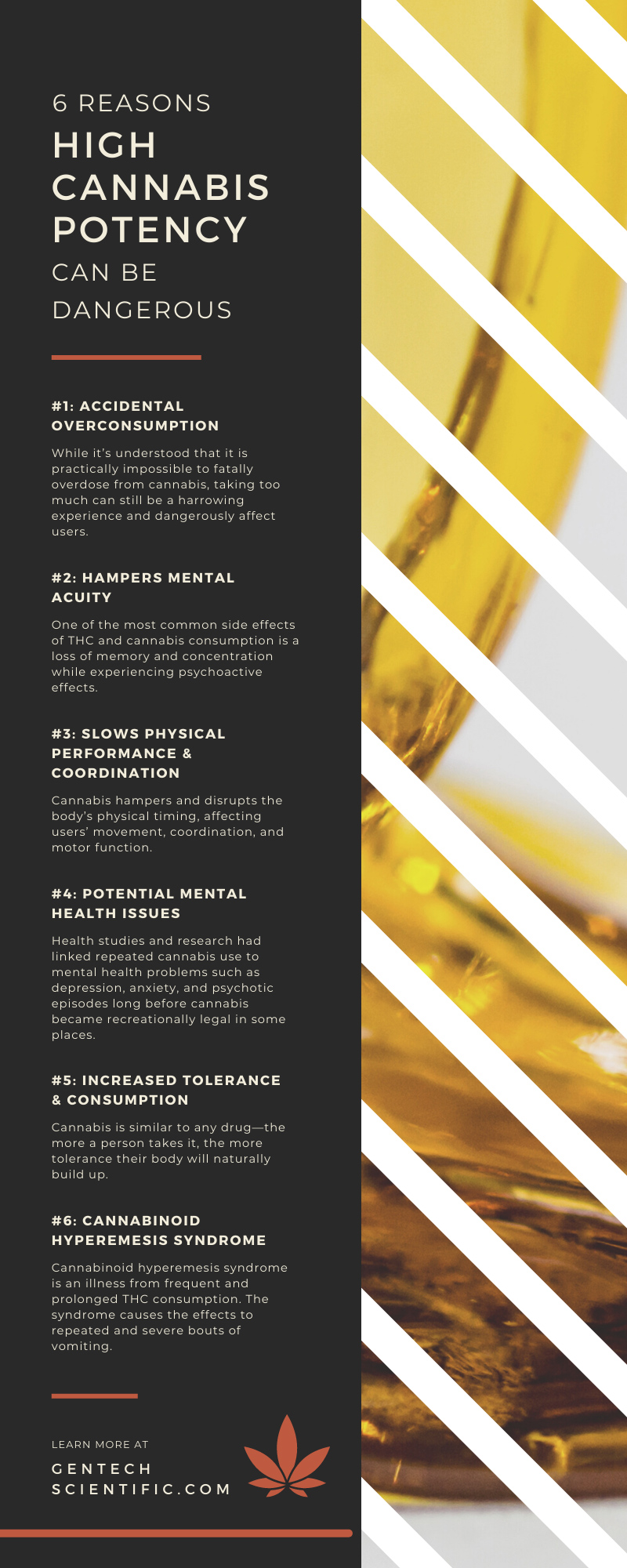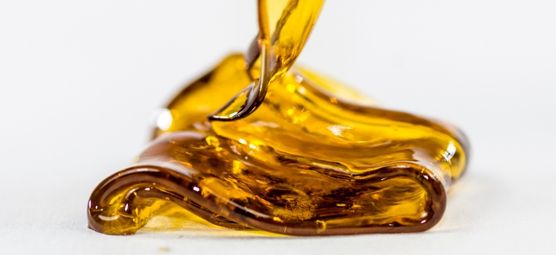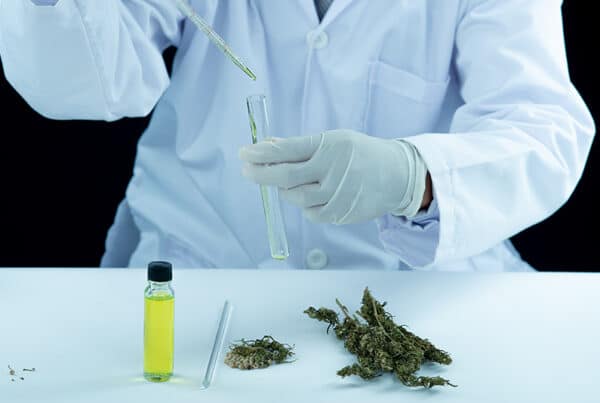The world of cannabis is much different today than it was just a decade ago when recreational cannabis first became legal in some states. For one, the potency of many cannabis products dwarfs the strength of cannabis strains from the past, which presents new side effects and dangers for users.
In our helpful guide, we’ll go through the basics of cannabis potency and THC and discuss why high cannabis potency can be dangerous to cannabis consumers.
What Is THC?
Before we get into the details of cannabis potency, let’s take a minute to discuss THC. What exactly is THC in cannabis? THC is tetrahydrocannabinol—the chemical responsible for creating the psychoactive effects caused by ingesting cannabis.
THC is similar to the cannabinoid chemicals our bodies naturally produce—and when consuming cannabis, they attach to our brain’s cannabinoid receptors. Once the THC binds to these receptors, it affects the body’s physical movements, coordination, memory, and pleasure centers, giving users the euphoric feeling associated with cannabis.
The higher the percentage of THC in a cannabis strain or product, the more intense and prolonged effects the user will experience.
What Is the Standard Potency of Cannabis?
There’s a newfound concern regarding cannabis’s potency because it’s changed dramatically since cannabis first became known. Despite being illegal for decades in the United States, cannabis was still a prevalent drug for people—especially young people and teens—from the 1950s onward.
But there’s a difference in potency between the cannabis consumed 70 years ago and the products legally sold and used today. While it’s hard to point to an exact figure, most researchers and health experts estimate that the typical THC potency for cannabis for decades was around two percent and rarely exceeded five percent.
Today, with advances in technology and cannabis concentrates, most cannabis strains and products are closer to 10 percent, with some as much as 20 percent. So, the standards for cannabis potency have dramatically risen, causing concern among some health experts.
The Growth of Concentrated THC Products
One of the reasons that the standard THC for cannabis has increased in recent years is the rise of cannabis concentrates. A concentrate is a cannabis strain and THC condensed into a product such as:
- Hash
- Live Resin
- Oil
- Shatter
- Wax
- Budder
- Distillate
As legal barriers to cannabis consumption and production have relaxed, cultivators can better harness more potent THC into smaller products such as concentrates. These synthetic THC products make consuming more THC easier for consumers—which may be suitable for cannabis sellers but can be dangerous for users.
The Dangers of High Cannabis Potency
This recent rise in standard potency in cannabis has presented new dangers to users. Here are six ways that high cannabis potency can be dangerous to consumers.
#1: Accidental Overconsumption
One of the new problems with legal and highly potent cannabis is that more people are trying cannabis products for the first time and could accidentally consume too much. While it’s understood that it is practically impossible to fatally overdose from cannabis, taking too much can still be a harrowing experience and dangerously affect users.
If someone is unfamiliar with cannabis, they may not understand what THC percentage means and take something much too strong. A new user can experience severe mental anguish from consuming too much THC—such as anxiety or paranoia. With more legal cannabis available, accidental overconsumption of THC is a more common problem, which is why accurate labels and packaging are vital.
#2: Hampers Mental Acuity
One of the most common side effects of THC and cannabis consumption is a loss of memory and concentration while experiencing psychoactive effects. Even before cannabis became recreationally legal in some states, health researchers expressed concern about prolonged mental acuity deficiencies among chronic cannabis users.
Now that cannabis is more readily available and more potent than ever, health experts have even more significant concerns. Repeated consumption of highly concentrated cannabis can hamper the cognitive function and abilities of the user and cause memory loss and loss of focus.
#3: Slows Physical Performance & Coordination
A side effect of disrupting the cognitive flow of cannabis users is the loss of physical coordination and ability. Cannabis hampers and disrupts the body’s physical timing, affecting users’ movement, coordination, and motor function.
The more potent the cannabis, the more intense these physical effects will feel to the user. Therefore, driving while using cannabis or experiencing the psychoactive effects is incredibly dangerous.
#4: Potential Mental Health Issues
THC affects the immediate cognitive function of a cannabis user and can also potentially cause long-term mental health issues for habitual consumers. Health studies and research had linked repeated cannabis use to mental health problems such as depression, anxiety, and psychotic episodes long before cannabis became recreationally legal in some places.
Naturally, with more people free to consume as much cannabis as they wish, there’s a concern that the high potency of today’s cannabis products could bring these side effects to more users quicker. As the strength of the average cannabis strain rises, the odds of more significant long-term mental health issues in users rise as well.
#5: Increased Tolerance & Consumption
We’ve discussed the immediate effects of potent cannabis—but there are also long-term concerns regarding the consumption of highly concentrated cannabis. Cannabis is similar to any drug—the more a person takes it, the more tolerance their body will naturally build up.
For cannabis users, this could mean more frequent use of more potent cannabis strains and products. As users consume more and more cannabis to achieve the same effects, they open themselves to the other potential dangers of long-term cannabis use, such as mental health disorders.
#6: Cannabinoid Hyperemesis Syndrome
Cannabinoid hyperemesis syndrome is an illness from frequent and prolonged THC consumption. The syndrome causes the effects to repeated and severe bouts of vomiting.
While still a nominally rare syndrome, the increased potency and availability of cannabis could mean a rise in long-term cannabis users suffering from the syndrome.
The Importance of Cannabis Testing
Cannabis potency presents many dangers, which is why cannabis testing is more crucial now than ever. Cannabis testing labs and cannabis testing equipment are vital to companies and regulatory agencies monitoring cannabis products to ensure consumers stay informed about THC levels and their dangers.
If you have any questions about cannabis testing or equipment, don’t hesitate to contact our team of equipment experts at GenTech Scientific.






